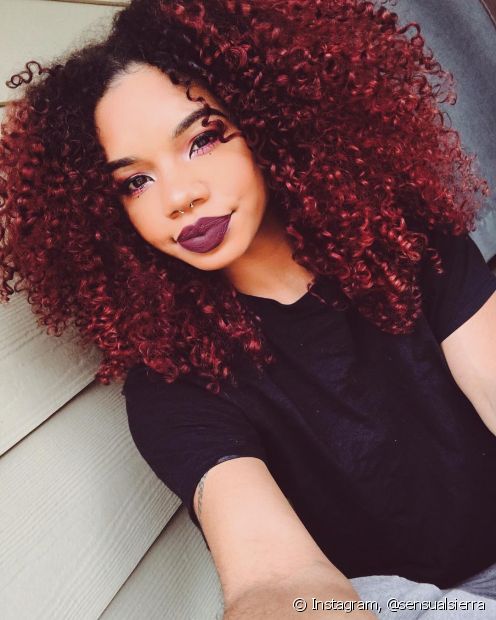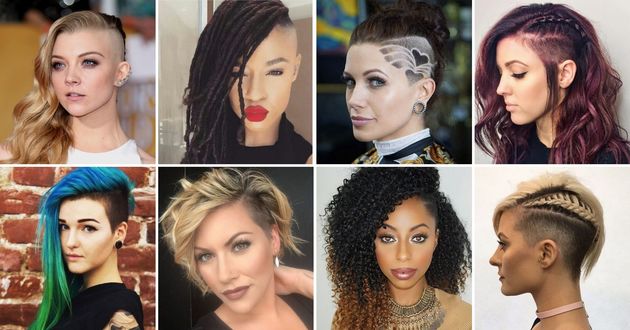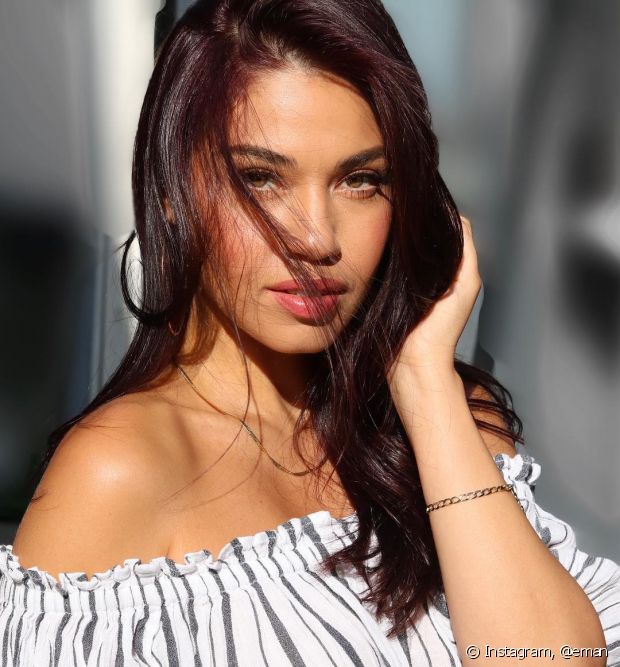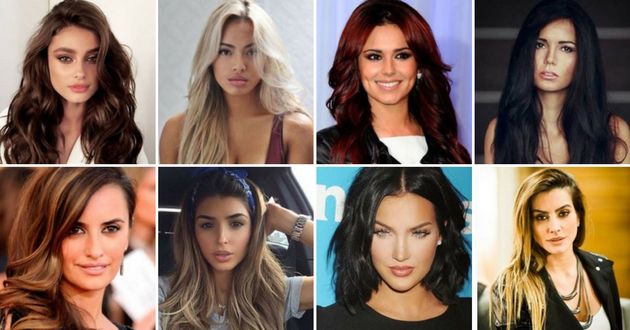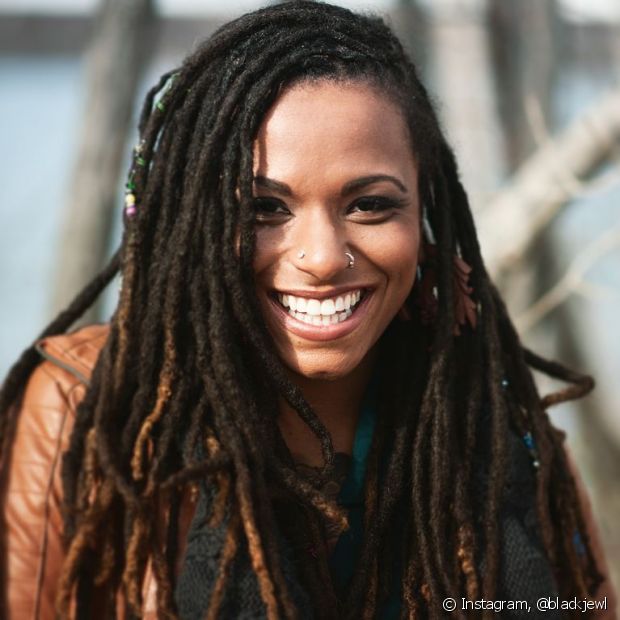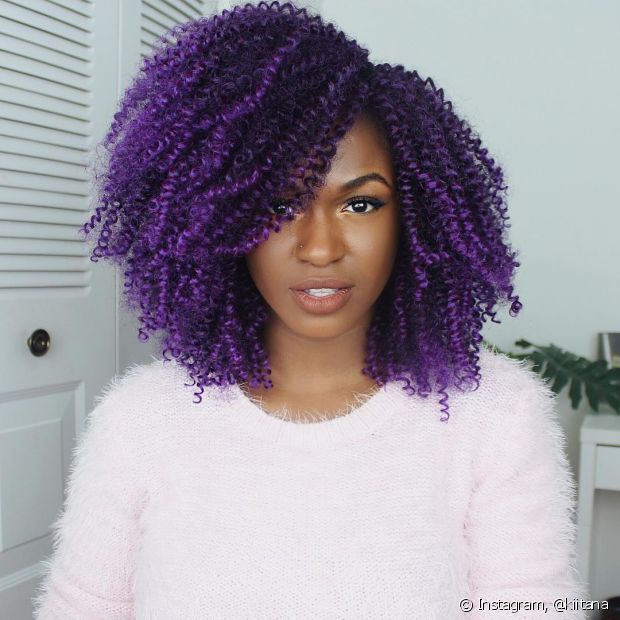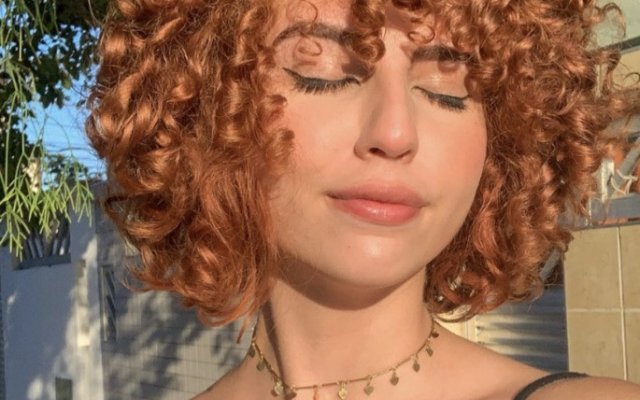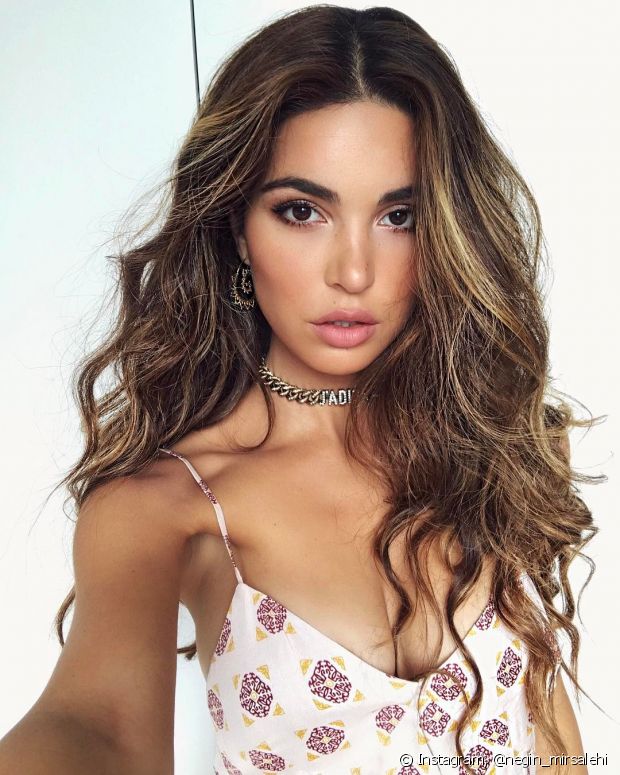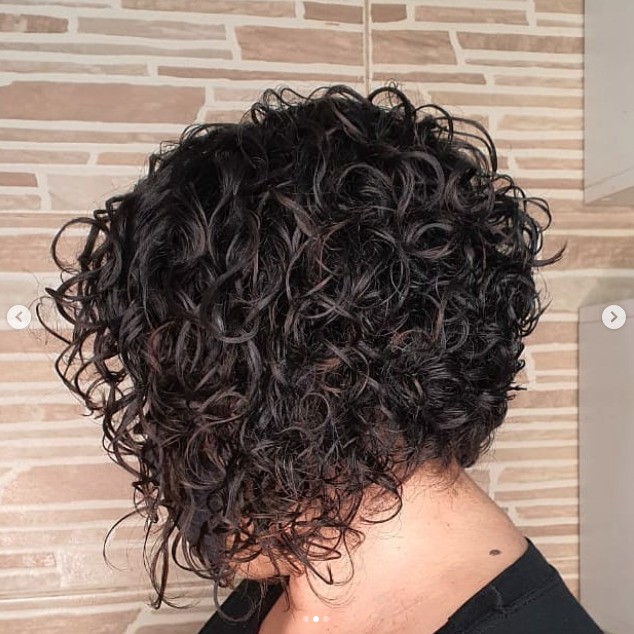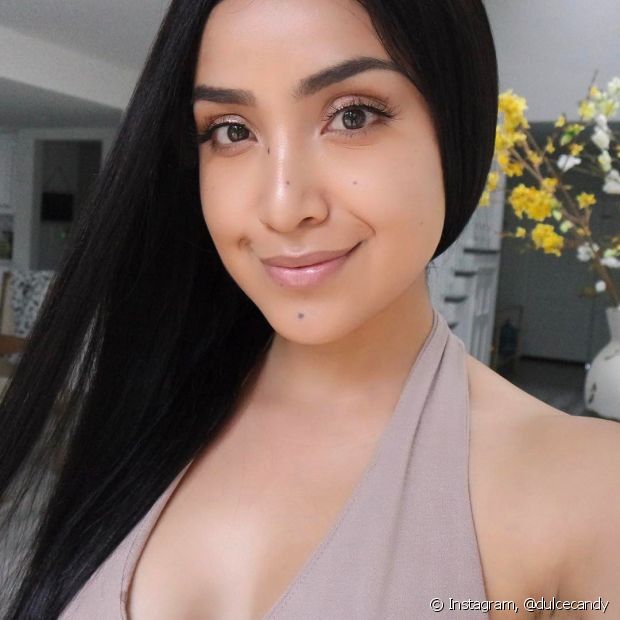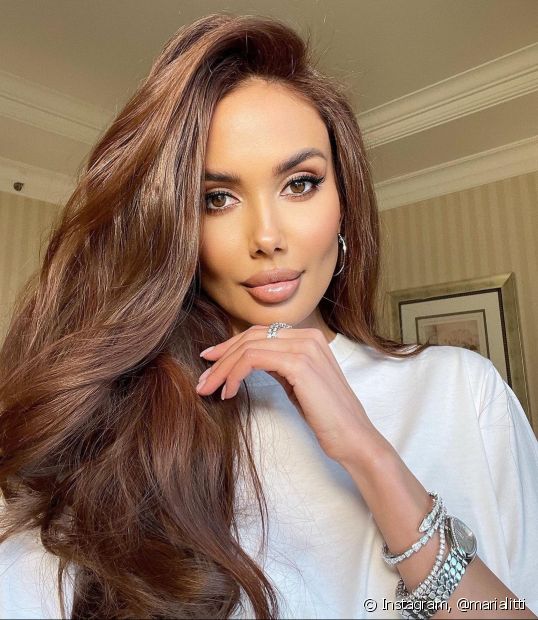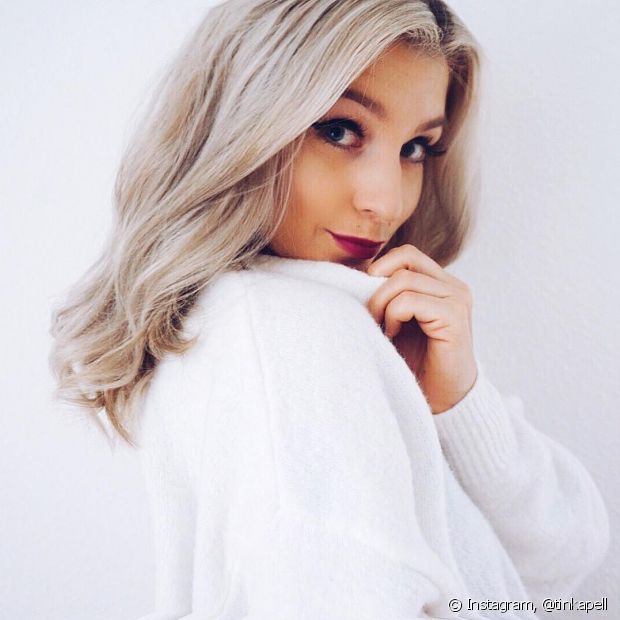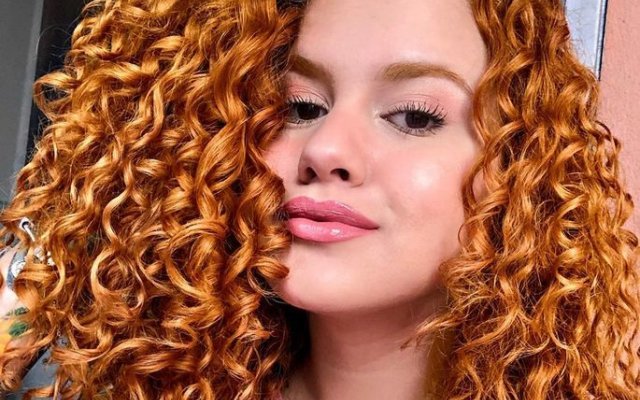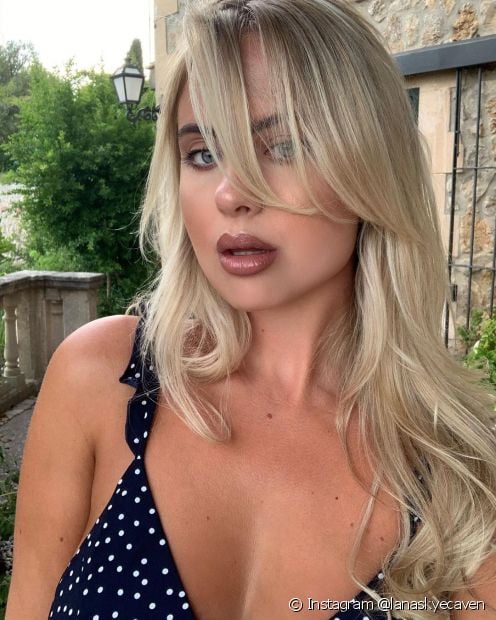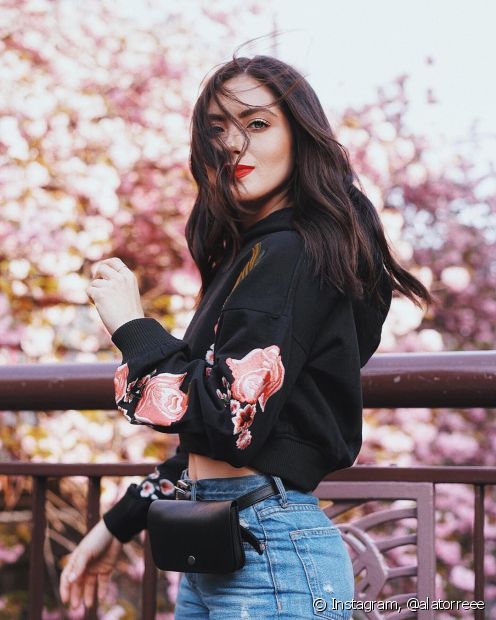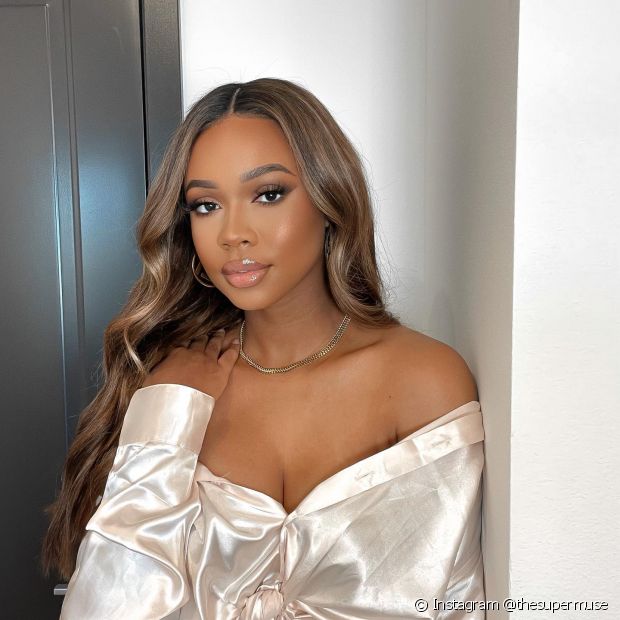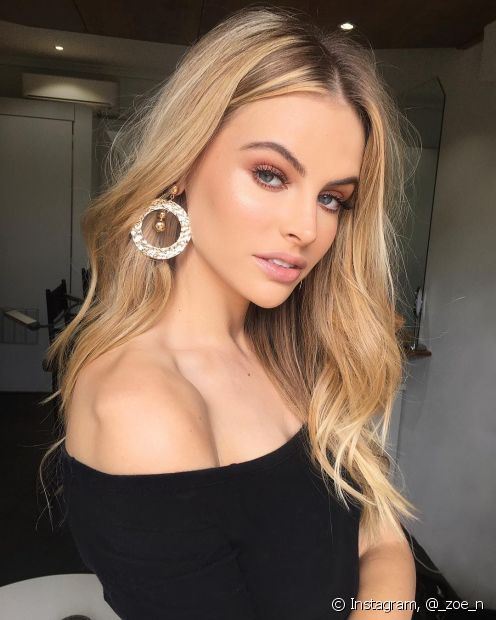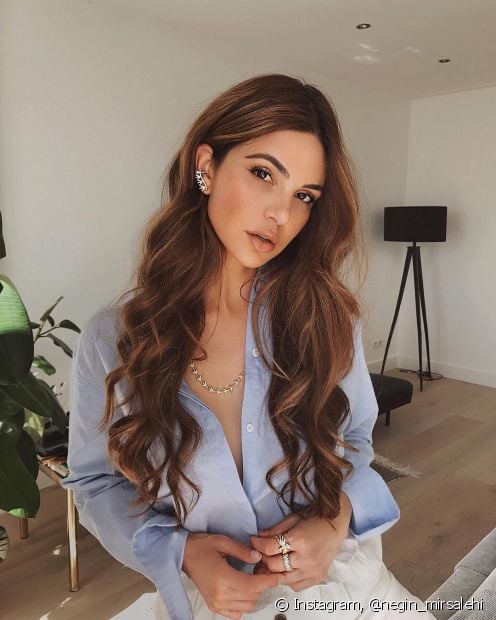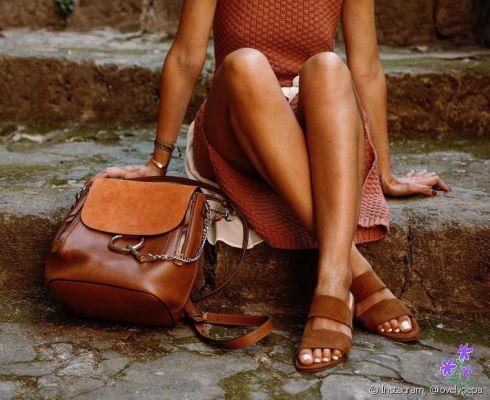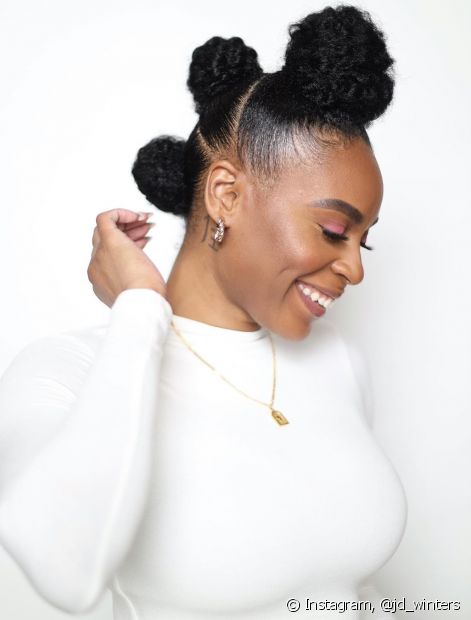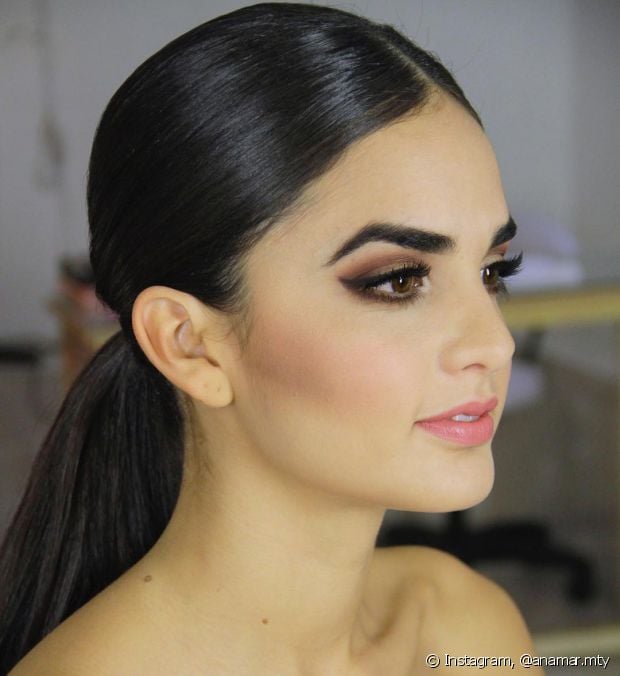29/ Hair curl chart: identify your curl type + right hair treatments
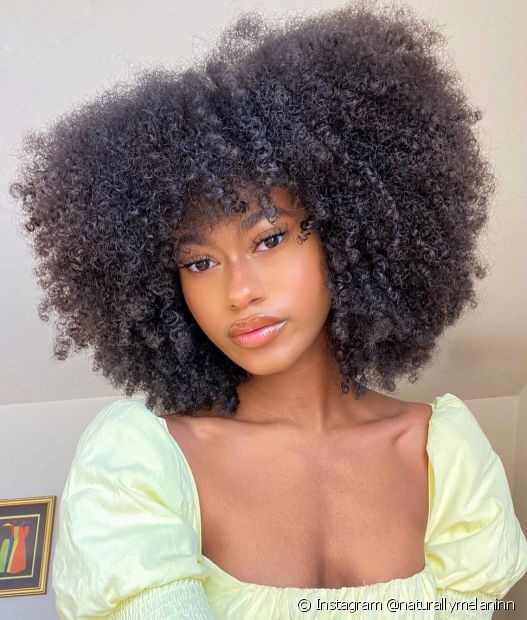
Finding out which strand your hair fits on the curl chart can be a great advantage in knowing the main characteristics of your curls (Photo: Instagram @naturallymelaninn)
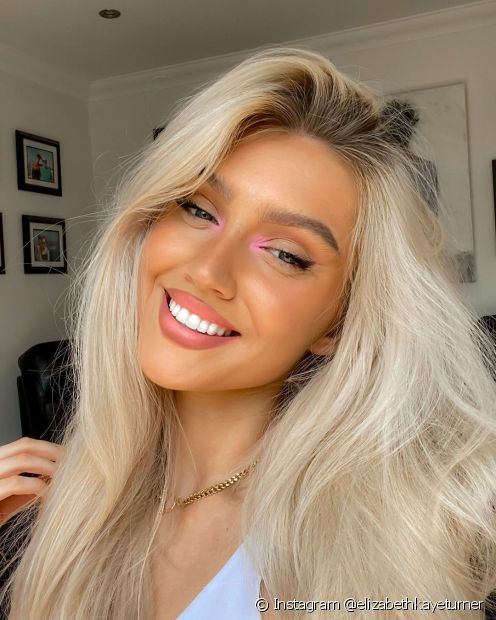
Straight hair is best known only as type 1, without subdivisions (Instagram @elizabethkayeturner)
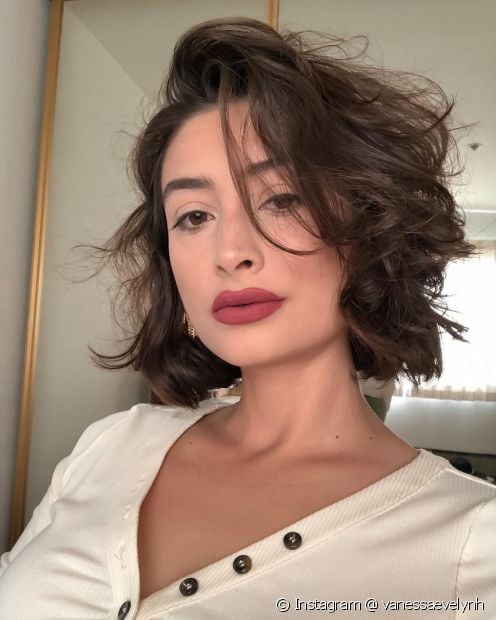
In type 2 hair, the wavy hair, we begin to see curvatures and different types of natural waves. (Instagram @vanessaevelynh)
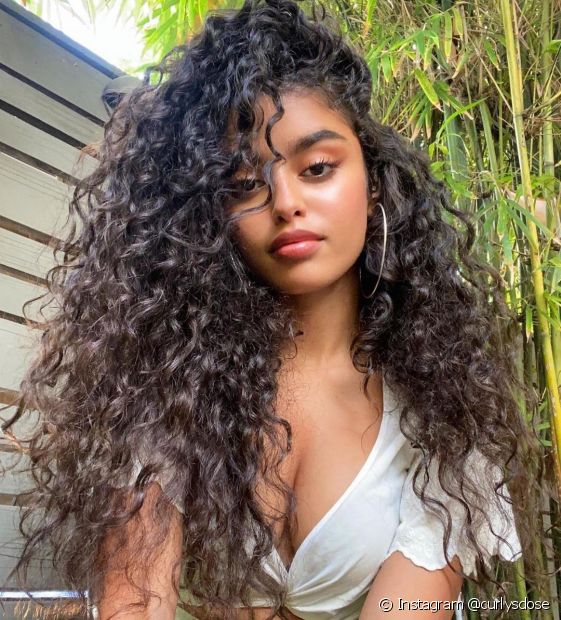
In type 3 locks we arrive at the characteristic spiral shape of curly hair (Instagram @curlysdose)
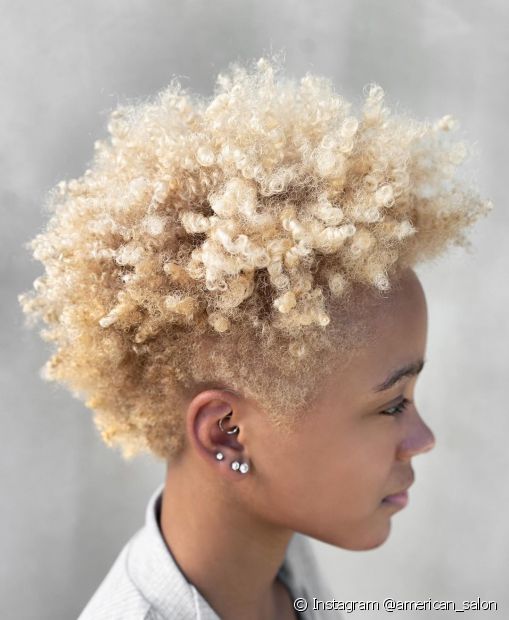
The circumference of type 4 hair, the crepes, is much tighter and almost forms a Z. (Instagram @american_salon)
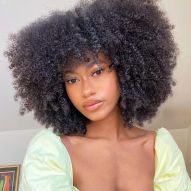

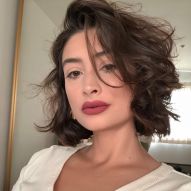
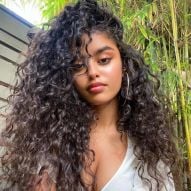
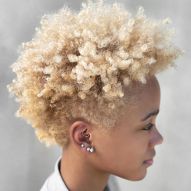
diva tip
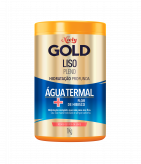
Concentrated Mask Niely Gold Full Smooth 1kg
Explore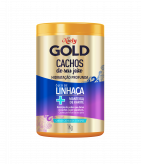
Curls of Your Way Deep Hydration Mask
Explore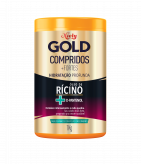
Deep Hydration Niely Gold Long + Strong
ExploreWith the popularization of the capillary transition, several new knowledge about curly, curly and wavy hair emerged. And one of them was the curvature table, which helps you identify what your curl type is, and consequently how to take care of it. But it is important to keep in mind that understanding this table is not intended to aim for a different type of yarn than yours, see diva! The intention of separating curls into categories is to show their main characteristics and what are the best types of treatment for each hair. Want to know more? Check out the tips!
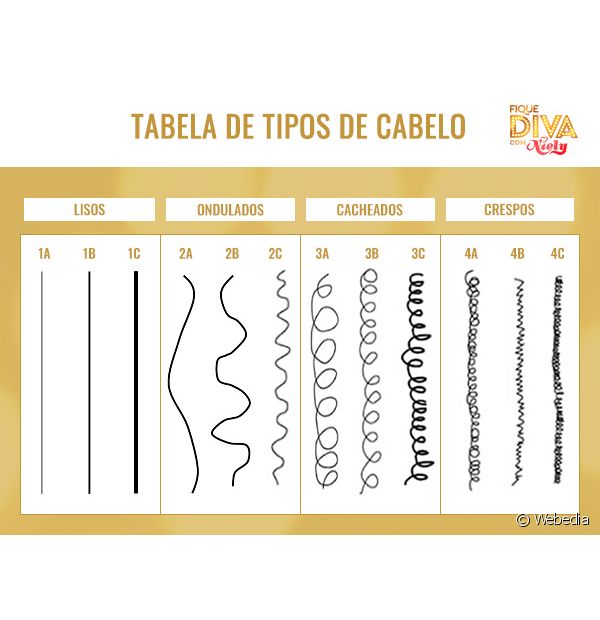
Type 1: straight hair
Let's start with type 1 hair, which is straight hair. To understand each category it is necessary to know that within each type there are three subdivisions separated by the letters A, B and C. So, the smooth ones can be divided into 1A, 1B and 1C. And the closer to C, the closer to the next category your hair will be.
In general, straight hair is known only as type 1, without the use of subdivisions. However, if you find types 1A, 1B and 1C in your searches, know that the letters refer to the level of density and thickness of each smooth. The closer to the A, the finer and thinner the hair will be. Thus, the closer to C, the heavier and denser the smooth will be.
View this post on Instagram
A post shared by Molly Bee (@beautsoup)
Type 2: wavy hair
Type 2 hair is the wavy! In our first category where you can actually see some curvature, you find the different types of natural waves. It is important to point out that the table is valid only for natural hair, without chemicals. 2A hair features a slight wave, an open S shape, and is closer to straight hair. Because of this, this type has a greater tendency to hair oiliness and has very few problems with dryness.
2B hair is the standard wavy, in its best known format. And it's in the middle ground between straight and curly, so it's not so oily in length, but the root can suffer from excess oiliness. And finally, the 2C wavy type forms a much more closed S and can suffer from the effect of oily roots and dry ends. Type 2 hair is also more voluminous and should not be combed dry under any circumstances.
Visualizar esta foto no Instagram.
A post shared by india batson (@indiabatson) on Jun 7, 2018 at 4:10 am PDT
Type 3: curly hair
In locks type 3 we reach the characteristic spiral shape of curly hair. In this category are hairs that are drier and need more hydration care to avoid dryness. And this happens because the shape of the curls makes it difficult for the natural oils produced at the root to pass through. Therefore, the closer to subdivision C, the drier your hair will be.
Type 3A is represented by more open curls with less volume compared to its category partners. So, opt for layered cuts to enhance the definition of the curls and avoid the pyramid effect, which concentrates the volume only at the ends. 3C hair is well defined, but it also needs care with nutrition and hydration to have a healthier appearance. The 3C strands will be the most voluminous and close to frizzy hair, so focus a lot on nutrition and treatments with vegetable oils, such as moisturizing.
Visualizar esta foto no Instagram.
A post shared by JOYJAH ESTRADA (@joyjah) on Nov 15, 2018 at 2:00am PST
Type 4: curly hair
The circumference of type 4 hair is completely different from that of curly hair, here it is much more closed and almost forms a Z. Because of this, curly hair has even more difficulty when it comes to taking the oils from the root to the ends. The main characteristics of this type of yarn are higher porosity, natural dryness, little definition and plenty of volume.
Type 4A hair is closer to curly and has a lot of curl formation and more definition. The same goes for 4B hair, which also has good definition, but has much more volume for black power. And the last category of our curvature table is no less important! 4C strands have almost no definition, are very voluminous and can be styled in different ways with textures or in their natural shape.
View this post on Instagram
A post shared by CHIZI DURU (@chiziduru)




